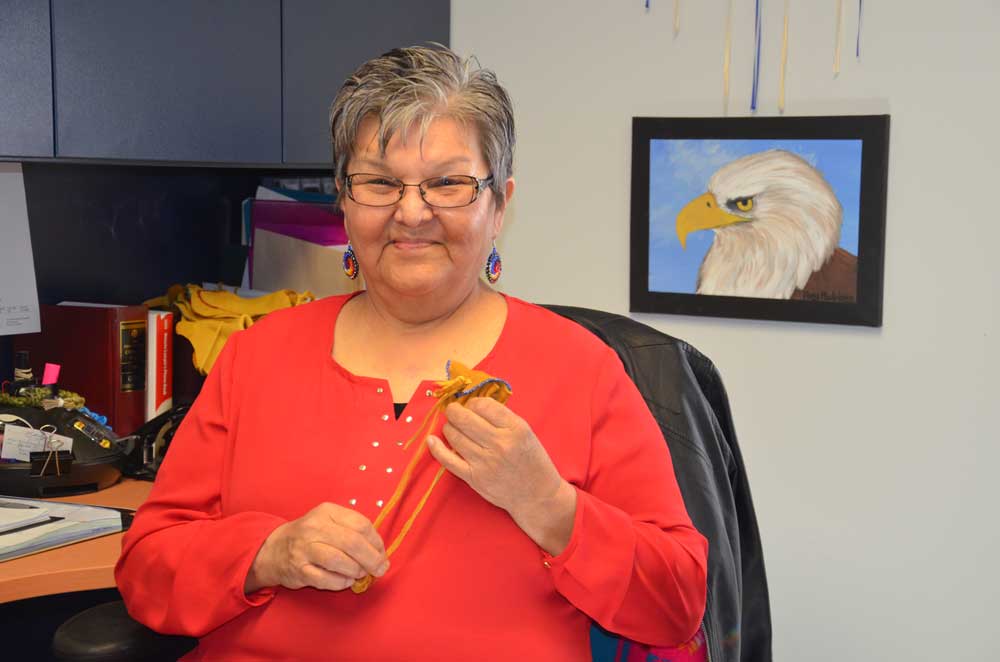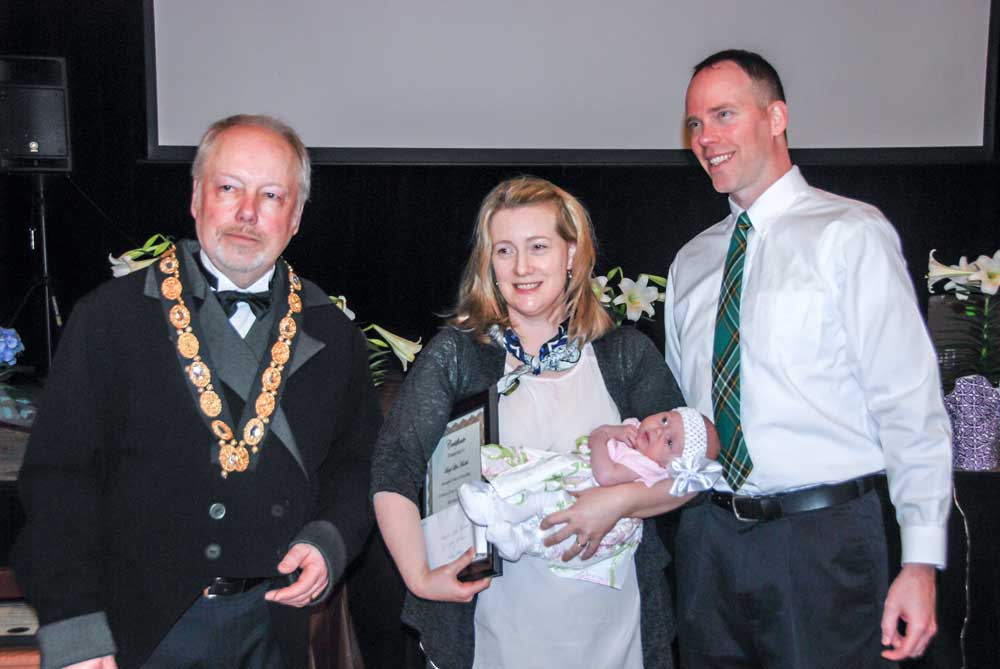Biosecurity for your birds: Part 2
It does not matter if you have 300 birds or six birds, your birds are an investment in money, time and emotion and you want to do everything you can to keep them safe and healthy.
Know your birds and spot signs of sickness. Depending on feathering, it might be needed to occasionally pick up birds to feel how well fleshed they are to determine body condition. Also, a drop in water consumption is often the first indicator of your birds becoming ill. Finally, if they become ill, do you have veterinary care available if needed?
Limit exposure to visitors. It is always a source of pride to be able to show off your birds, but visitors can easily be a vector for disease to get into your flock. Better to have fewer visitors, take precautions if you need to have someone visit and use a visitor log to record who has visited, when and for how long. This is not only to protect your birds but to give you a trace back and a warning ability to others that have visited in case your birds do get sick.
Keep new birds to your flock separate at least 28 days. This quarantine period will allow you to monitor these new birds for developing sickness. This also applies to birds that you have taken to shows or exhibits. If you want more information about biosecurity, OMAFRA has a free kit called “Keeping Your Birds Healthy, Biosecurity Basics for Small Flocks.” It is meant for the non-quota bird holders in the province, but if you have a commercial poultry operation, the concepts still apply to you too! It explains the concepts of biosecurity, cleaning and disinfection, disease identification, management and control, vermin control, deadstock management and much more. There are factsheets, posters, pamphlets, a weatherproof restricted entry sign, a logbook for visitors and a CD with electronic versions of the above and much more.
Chick days are coming soon this spring so educate yourself with these free kits. I have a few of these in inventory in my office in Gore Bay, or call OMAFRA’s Agricultural Information Contact Centre toll free at 1-877-424-1300.
AgMaps Portal and Agricultural Information Atlas Applications
OMAFRA has a new series of tutorials to help you use the Agricultural Information Atlas (AIA), an online application that allows you to create custom maps and find agricultural information for Ontario. You can find the AIA link on the AgMaps Geographic Information Portal at ontario.ca/agmaps, the ministry’s single access point for geospatial data. The AgMaps Portal and AIA Application Help Tutorial Series provide step-by-step instructions on how to use the AIA for your farm or business. The audio/visual series helps with a range of topics – from navigating the application and creating layers on your custom maps, to creating tile drainage maps and nutrient management strategy farm sketches. Find the 13 tutorials on the OMAFRA website www.omafra.gov.on.ca/english/landuse/gis/agatlashelp.htm




